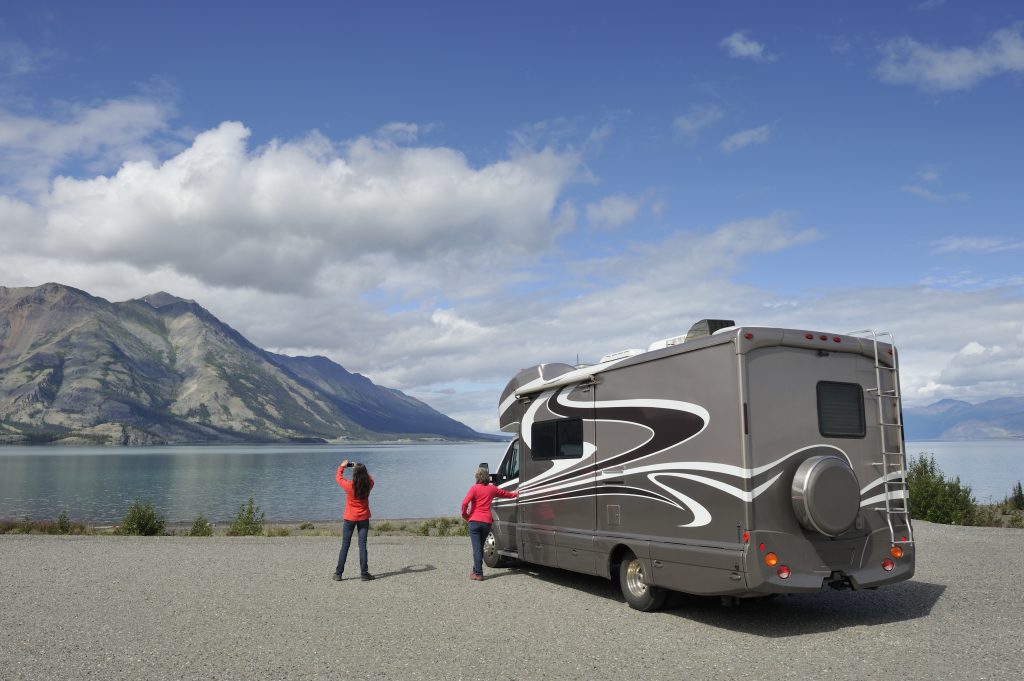Buying and Maintaining RV Batteries
Your batteries are among the most important components of your RV setup. They’re expensive, so when you need a replacement you want to make sure that you’re buying the right one for your needs, and you want it to be durable and reliable. After your investment, you’ll need to know the best practices for maintenance to ensure a long useful service life and to prevent unexpected failure on the road. There are several different types of RV batteries and buying the right one requires a basic knowledge of the most common types, so we’ll do a quick overview of the ones available. Then we’ll take a look at the routine maintenance procedures common to all types.
Types of RV Batteries
RVs generally use both deep cycle, or ‘house’ batteries, and starting batteries. Both kinds will fall into one of three basic categories of construction and operation. They can be purchased in either 6-volt or 12-volt. 6-volt batteries are heavier and bigger than 12-volt types and have a larger capacity, but they’re more expensive. It should be noted that when replacing a battery it’s usually a good idea to buy the same kind that originally came with your RV to ensure compatibility and prevent problems with charging and shortened service life. But sometimes you might require more battery capacity, less maintenance with a longer life, or just a more affordable option. Check with your service tech to make sure your choice will work well with your setup and your intended use.
- Electrolyte batteries. These are the most common and are usually standard original equipment on RVs. They’re the same as cars use, just larger. They use lead plates suspended in distilled water to produce an electric charge. They require the most maintenance. Especially in hot regions, the fluid level will drop requiring them to be refilled with water. They also require more frequent terminal cleaning.
- Gel-type batteries. These are entirely self-contained and are virtually maintenance-free. They use a gel instead of water to suspend the electrolytes, and because they are self-contained they can be mounted at almost any angle. They discharge at a very slow rate and operate well in hot climes. But because they have specific charging requirements, not every RV is capable of using these batteries.
- Absorbed glass mat batteries. AGM batteries use a special glass mat to hold the electrolyte between the plates. These are also self-contained and require no maintenance. They offer the longest useful service life of all types.
Maintaining RV Batteries
Though some of the batteries above are called maintenance free, which simply means they don’t require refilling of the cells and less cleaning of terminals. There are still basic maintenance precautions to take with any battery to ensure long life and prevent damage. Especially during storage, there are some practices you should adhere to keep them in top working condition.
- When storing your RV for the season, make sure your battery is fully charged and then remove the connectors from the posts. If it’s long-term storage, use a charger to bring them back up to full charge every two months. Even better, use a continuous slow charging source to keep them at 100% charge all the time. Avoid storing them in extreme cold or hot temperatures, 40 – 60 degrees Fahrenheit is ideal.
- When taking the RV out of storage, bring the battery back up to a full charge in stages, using a fast charge up to about 90% and then a slow charge till full. Check the fluid levels if you’re using electrolyte batteries, and clean the posts and connectors if needed.
- Battery charge is important. Batteries need to be fully charged to prevent lead sulfide buildup on the plates, which will greatly decrease the service life. When on the road maintain at least an 80% charge.
- You should check the water level in electrolyte batteries at least once a month, more often if you’re traveling in hot weather, and refill with distilled water when necessary. Remember that battery acid is corrosive and can explode if exposed to a flame or a spark.
- Avoid charging your battery if the temperature is at or above 120 degrees F. This can cause overcharging and possibly an explosion or fire. This holds true for cold temps too, which slows charging and reduces capacity.
- Keep your battery terminals free of dirt and corrosion by cleaning them with a wire brush and a solution of water and baking soda.
Choose the right type of battery for your RV and maintain it well and it will give you many years of reliable service.




